Sourav Pan
Transcript
Welcome to our exploration of algae! These fascinating organisms are all around us, from the oceans to small ponds, and even on rocks and soil. But what exactly are algae?
Algae are chlorophyll-containing organisms, which means they have the green pigment that allows them to perform photosynthesis. They have simple structures, are mostly aquatic, and are autotrophic, meaning they produce their own food from sunlight and carbon dioxide.
The key to understanding algae is photosynthesis. Just like plants, algae use sunlight, carbon dioxide, and water to create their own food and release oxygen as a byproduct.
Now let’s look at the incredible diversity of algae. There are many different types, each with unique characteristics and colors.
Algae come in three main groups: red algae, brown algae, and green algae. Each group has different pigments that give them their distinctive colors and help them capture light at different depths in water.
Where can we find algae? They live in many different environments, not just in water.
Algae are found in aquatic environments like oceans, lakes, and ponds, but they also grow on moist rocks, in soil, and even on tree bark. They’re often called the ‘grass of the sea’ because they form the base of many aquatic food chains.
Under a microscope, we can see the amazing variety of algae forms and structures.
From single-celled organisms to long filaments and complex colonies, algae display incredible diversity in their forms. Some are so small they can only be seen under a microscope, while others, like kelp, can grow to be hundreds of feet long.
To summarize, algae are simple but essential organisms that use photosynthesis to create their own food, live in diverse environments, and come in many different forms and colors.
Algae are some of the most adaptable organisms on Earth. They have colonized virtually every environment where water and light are available, from the deepest oceans to the smallest puddles.
Algae are predominantly aquatic organisms, meaning they thrive in water environments. Freshwater habitats like ponds, lakes, and rivers provide ideal conditions for algae growth.
Marine environments, including oceans and seas, host countless species of algae. From microscopic phytoplankton floating in the water column to large seaweeds attached to rocky shores.
But algae aren’t limited to water! Many species have adapted to terrestrial environments. You can find them growing on moist tree bark, rocks, and even in soil where conditions are humid enough.
The incredible diversity of algae allows them to adapt to many different conditions. From the green algae in your local pond to the red and brown seaweeds of the ocean, each type has evolved to thrive in its specific environment.
The key takeaway is that algae are remarkably adaptable organisms. Whether in water or on land, they have found ways to survive and thrive wherever there is sufficient moisture and light for photosynthesis.
Algae have a remarkably simple body structure called a thallus. This fundamental difference from land plants is one of their most important characteristics.
Unlike true plants that have specialized organs, algae lack true roots, stems, and leaves. Instead, their entire body is called a thallus – a simple, undifferentiated structure.
The thallus organization ranges from incredibly simple single-celled forms to complex multicellular structures. This image shows the diversity of thallus types found in algae.
At the simplest level, we have unicellular algae like Chlamydomonas – just a single cell with chloroplasts. Moving up in complexity, we find colonial forms and filamentous structures.
Large multicellular algae like seaweed represent the most complex thallus organization. Even though they look like plants, they still lack true roots, stems, and leaves.
Notice how seaweed parts have different names than plant parts. The holdfast anchors like a root, the stipe supports like a stem, and the frond captures light like a leaf – but they’re not true organs.
Some algae like Ulva have a parenchymatous thallus – a flat, sheet-like structure that’s only a few cells thick. This simple organization is still highly effective for photosynthesis.
The key takeaway is that thallus organization represents evolutionary simplicity that works perfectly for algae. This simple structure allows them to thrive in aquatic environments without the complex organ systems that land plants need.
This simple thallus organization is what makes algae so successful in water environments, where they don’t need the complex support and transport systems that land plants require.
Many algae are covered in a remarkable substance called mucilage. This slimy, gel-like coating acts as a multi-purpose protective shield that helps algae survive in challenging environments.
Mucilage provides three critical protective functions. First, it prevents algae from drying out by retaining moisture, which is essential for their survival when exposed to air.
Second, mucilage acts like natural sunscreen, protecting algae from harmful ultraviolet radiation that could damage their cellular structures and photosynthetic machinery.
Third, mucilage provides protection from grazing predators. The slimy texture makes algae difficult to grab and consume, acting as a natural defense mechanism.
Mucilage is especially crucial in intertidal zones, where algae experience extreme conditions. These areas are regularly exposed to air, intense sunlight, and temperature fluctuations during low tide.
The underwater view shows how algae thrive in these challenging environments. Their mucilage coating allows them to survive the harsh conditions that would otherwise be lethal to unprotected organisms.
Mucilage is truly nature’s multi-purpose protective coating. This simple yet effective adaptation allows algae to colonize environments that would be impossible for organisms without this remarkable defense system.
Mechanical tissue is one of the key differences between algae and land plants. Understanding why algae don’t need this tissue reveals important insights about their aquatic lifestyle.
First, what exactly is mechanical tissue? In land plants, mechanical tissue consists of specialized cells with thick, rigid walls that provide structural support and strength.
Land plants face constant challenges from gravity pulling them down and wind trying to bend or break them. Without mechanical tissue, a tree would simply collapse under its own weight.
Now contrast this with algae living in water. Water is much denser than air and provides natural buoyancy that supports the algae’s body weight.
This comparison image shows the key differences between algae and plants. Notice how algae have a simple holdfast for anchoring, while plants need complex root systems and rigid stems.
The absence of mechanical tissue in algae is actually an evolutionary advantage. It allows them to be more flexible, use less energy for structural materials, and focus resources on photosynthesis instead.
This fundamental difference in structural needs reflects millions of years of evolution. Algae have perfectly adapted to their aquatic environment, making mechanical tissue unnecessary for their survival and success.
In plants, vascular tissue is essential for survival. But algae have evolved a completely different strategy that makes these complex transport systems unnecessary.
First, what exactly is vascular tissue? In land plants, vascular tissue consists of two main components: xylem and phloem. These act like a plant’s circulatory system.
Xylem vessels transport water and minerals from roots to leaves, while phloem vessels carry sugars and nutrients throughout the plant. This system is crucial for plants that grow tall and need to move materials over long distances.
Now contrast this with algae. Algae have a completely different body structure and live in a completely different environment that eliminates the need for vascular tissue.
The key is direct absorption. Unlike land plants that must transport water from distant roots, algae cells are surrounded by water containing dissolved nutrients. Each cell can absorb what it needs directly from its immediate environment.
This direct absorption is incredibly efficient because of the short distances involved. In single-celled organisms and simple algae, nutrients only need to travel tiny distances within the cell.
The aquatic environment provides another huge advantage. Nutrients are dissolved in the surrounding water, creating a nutrient-rich medium that algae can tap into directly. This eliminates the need for complex root systems and transport networks.
This elegant solution demonstrates how algae have evolved to perfectly match their environment. By living in water and maintaining simple body structures, they achieve efficient nutrient absorption without the complexity and energy cost of vascular systems.
Plastids are the specialized organelles within algal cells where the magic of photosynthesis happens. These tiny powerhouses are what allow algae to convert sunlight into energy, making them the foundation of aquatic food webs.
Plastids are specialized organelles found in algal cells that serve as the sites of photosynthesis. They convert sunlight into chemical energy and contain various photosynthetic pigments. While similar to plant chloroplasts, algal plastids show fascinating variations across different algae groups.
This diagram shows the internal structure of a chloroplast, the most common type of plastid found in green algae. Notice the double membrane system, the stacked thylakoids where light reactions occur, and the stroma where carbon fixation takes place. Chloroplasts even have their own DNA and ribosomes, suggesting they were once independent organisms.
Here we see a microscopic view of green algae cells, specifically Scenedesmus. Notice the bright green chloroplasts visible within each cell. Green algae have chloroplasts very similar to those found in land plants, containing chlorophyll a and b pigments that give them their characteristic green color.
Different groups of algae have evolved distinct types of plastids with unique pigment compositions. Green algae have chloroplasts similar to plants. Brown algae possess chromatophores containing fucoxanthin pigments. Red algae have rhodoplasts with phycoerythrin pigments, while diatoms contain chrysoplasts with golden-brown pigments.
Plastids perform several critical functions in algal cells. They capture light energy using specialized pigments, convert this energy into chemical forms like ATP and NADPH, fix carbon dioxide into organic compounds, and store various metabolites. This makes them absolutely essential for algal survival and growth.
To summarize, plastids are the photosynthetic powerhouses of algal cells, essential for converting sunlight into usable energy. The diversity of plastid types across different algae groups reflects millions of years of evolution and adaptation to various aquatic environments. Understanding plastids helps us appreciate how algae have become such successful and important organisms in our world.
Algae are master light harvesters, using specialized pigments to capture sunlight and convert it into energy through photosynthesis. These colorful molecules are the key to algae’s success in aquatic environments.
Algae use three main types of pigments to capture sunlight. First, chlorophylls are the green pigments that do most of the heavy lifting in photosynthesis, absorbing red and blue light very efficiently.
Carotenoids are orange and yellow pigments that not only help capture light, but also protect the algae from damage caused by too much sunlight. They act like natural sunscreen.
Phycobilins are red and blue pigments found mainly in red algae and blue-green algae. These pigments are especially good at capturing blue and green light that penetrates deep into water.
Different pigments absorb different wavelengths of light. This visible light spectrum shows the range from violet at 400 nanometers to red at 700 nanometers.
Chlorophylls primarily absorb blue and red light, while carotenoids absorb blue and blue-green wavelengths. This is why most algae appear green – they reflect the green light they don’t absorb.
This graph shows the absorption spectra of different phycobilins. Each type of phycobilin absorbs light most efficiently at specific wavelengths, creating distinct peaks in the absorption curve.
The combination and concentration of different pigments determines the overall color of algae. Green algae have mostly chlorophyll, red algae have abundant phycobilins that mask the green chlorophyll, and brown algae have high concentrations of carotenoids.
Algal pigments are sophisticated light-harvesting systems that allow algae to efficiently capture sunlight for photosynthesis. The diversity of pigments enables different algae species to occupy various aquatic niches, from surface waters to deep ocean environments.
Algae are remarkable organisms that have developed sophisticated ways to store energy for times when sunlight is not available. Different groups of algae have evolved unique food storage systems.
Green algae, the most plant-like of all algae, store their energy as starch, just like land plants do. This starch is made up of glucose molecules linked together in long chains.
Brown algae have developed their own unique energy storage compounds. They store laminarin, a type of sugar polymer, and mannitol, a sugar alcohol that helps them survive in marine environments.
Red algae store a special type of starch called floridean starch. This unique compound is stored outside the chloroplasts, unlike the starch in green algae and plants.
These food reserves are crucial for algae survival. When sunlight is limited due to deep water, cloudy weather, or seasonal changes, algae can break down these stored compounds to release energy for essential cellular processes.
Vegetative reproduction is one of the most efficient ways algae can multiply. Unlike sexual reproduction, this process creates exact genetic copies or clones of the parent organism.
This type of reproduction involves creating new individuals directly from fragments or parts of the parent thallus. No gametes or fertilization are required – just the parent organism splitting or breaking apart.
The first major method is fragmentation. In this process, the algal thallus breaks into multiple pieces, and each fragment can grow into a complete new organism.
The second method is binary fission. This is common in single-celled algae, where one cell divides into two identical daughter cells. The nucleus divides first, followed by the cytoplasm.
Vegetative reproduction offers several advantages. It’s incredibly fast, allowing algae to quickly colonize favorable environments. Since no mate is required, isolated algae can still reproduce successfully.
Algae typically use vegetative reproduction when environmental conditions are favorable and resources are abundant. This allows them to rapidly increase their population and take advantage of good growing conditions.
In summary, vegetative reproduction is nature’s way of allowing algae to clone themselves efficiently. Through fragmentation and fission, algae can rapidly multiply without the complexity of sexual reproduction, making it perfect for colonizing new environments.
Asexual reproduction is one of the most efficient ways algae can multiply and spread. Unlike sexual reproduction, this process doesn’t require two parents or fertilization – just one algal cell can create many offspring.
The key advantage is speed and efficiency. A single algal cell can produce dozens of spores that each grow into a complete new organism, allowing algae populations to expand rapidly when conditions are favorable.
Algae produce two main types of asexual spores. First are zoospores – these are the swimmers of the spore world. They have whip-like flagella that allow them to move through water to find the perfect spot to settle and grow.
Here we can see zoospores in action. Notice how each zoospore has two flagella that act like tiny propellers, allowing them to swim through the water. The parent cell, called a zoosporangium, releases multiple zoospores at once.
The second type are aplanospores – these are the non-swimmers. They don’t have flagella, so they can’t move on their own. Instead, they rely on water currents, wind, or other organisms to carry them to new locations.
Both types of spores serve the same ultimate purpose – creating new algal organisms. The choice between motile and non-motile spores often depends on the algae’s environment and lifestyle.
The development process is remarkably efficient. The parent cell divides internally to create multiple spores, each with its own protective wall. These spores are then released into the environment where each one can grow into a complete new algal organism.
Asexual reproduction through spores gives algae three major advantages. First, it’s incredibly fast – one cell can produce dozens of offspring in a short time. Second, it enables efficient dispersal to colonize new areas. Third, no mate is required, so even isolated algae can reproduce successfully.
This spore-based reproduction strategy has made algae incredibly successful in aquatic environments worldwide. When conditions are right, algae can rapidly multiply and spread, which is why we see algal blooms in lakes and oceans during favorable seasons.
Sexual reproduction in algae is a fascinating process that creates genetic diversity. Unlike asexual reproduction where offspring are identical clones, sexual reproduction involves the fusion of special reproductive cells called gametes.
Sexual reproduction involves the fusion of gametes, which are specialized reproductive cells. This process creates genetic variation by combining genetic material from two different sources, making it crucial for species adaptation and evolution.
Here we can see two gametes approaching each other. Each gamete carries genetic material from its parent organism.
When the gametes fuse together, they combine their genetic material to form a new organism with characteristics from both parents. This genetic mixing is what creates variation in the offspring.
Algae exhibit three main types of sexual reproduction based on the size and mobility of their gametes. Isogamy involves gametes of equal size, anisogamy involves gametes of different sizes, and oogamy involves a large egg and small sperm.
Oogamy is the most advanced form of sexual reproduction in algae. It involves a large, stationary egg cell and a small, swimming sperm cell. This system maximizes the chances of successful fertilization and genetic diversity.
The key takeaway is that sexual reproduction in algae creates the genetic variation that is essential for species survival and evolution. This diversity helps algae adapt to changing environmental conditions and ensures their continued success in aquatic ecosystems.
Isogamy is a fascinating type of sexual reproduction found in many algae species. In isogamy, two gametes that are remarkably similar in both size and shape come together to create new life.
The key characteristic of isogamy is that both gametes are essentially identical. Unlike other forms of sexual reproduction, there’s no distinction between male and female gametes – they’re the same size, same shape, and usually both are motile.
Here we can see a detailed diagram showing the process of isogamy. Notice how the two gametes, called isogametes, are identical in appearance. Each has flagella for movement and contains genetic material in their nucleus.
The fusion process is straightforward. Two isogametes approach each other, their cell membranes merge in a process called plasmogamy, and then their nuclei fuse in karyogamy. This creates a diploid zygote with genetic material from both parents.
A perfect example of isogamy can be seen in Chlamydomonas, a common green algae. This life cycle diagram shows how haploid cells can function as both regular cells and as gametes when conditions are right for reproduction.
In Chlamydomonas, the plus and minus strains represent different mating types, but their gametes are still isogametes – identical in size and structure. This ensures that both parents contribute equally to the genetic makeup of the offspring.
It’s important to understand that in isogamy, gametes are typically motile, meaning they can swim using their flagella. This is different from some other reproductive strategies where one or both gametes might be non-motile.
Isogamy represents one of the simplest and most elegant forms of sexual reproduction. It allows genetic diversity through the mixing of genetic material while maintaining efficiency – both partners invest equally in the reproductive process.
Understanding isogamy helps us appreciate the diversity of reproductive strategies in the algal world. This equal-partner approach to reproduction has been successful for millions of years in aquatic environments.
Anisogamy represents a fascinating evolutionary step in algal reproduction. Unlike isogamy where gametes are identical in size, anisogamy involves the fusion of two distinctly different gametes.
The term anisogamy literally means unequal gametes. This reproductive strategy introduces a clear division of labor between the two types of reproductive cells.
In anisogamy, we see two distinct types of gametes. The large gamete is typically non-motile, meaning it cannot move on its own. The small gamete is motile, equipped with structures that allow it to swim toward the large gamete.
Watch how the small, motile gamete moves toward the large, stationary gamete. This movement requires energy and specialized cellular structures like flagella.
This size difference creates a division of labor. The large gamete specializes in providing nutrients and resources for the developing offspring, while the small gamete specializes in mobility and finding the large gamete.
Here we can see a diagram showing the process of anisogamy in algae. Notice how the two gametes have different sizes and the fertilization process that follows.
For comparison, here’s how anisogamy works in humans. The human egg is much larger than the sperm, following the same principle we see in many algae species.
Anisogamy represents an important evolutionary advancement that allows for more efficient reproduction. This strategy is found throughout the algae kingdom and forms the basis for sexual reproduction in more complex organisms.
Oogamy represents the most advanced form of sexual reproduction found in algae. This sophisticated reproductive strategy involves the fusion of two very different types of gametes – a large, non-motile egg and a small, motile sperm.
In oogamy, we see a clear division of reproductive roles. The female produces large, nutrient-rich eggs that remain stationary, while the male produces numerous small, swimming sperm cells. This strategy is remarkably similar to what we observe in higher plants and animals.
To better understand oogamy, we need to examine the distinct characteristics of eggs and sperm. These two gamete types have evolved very different features that complement each other perfectly.
This comparison reveals the fundamental differences between eggs and sperm. Eggs are large, packed with nutrients called yolk, and remain stationary. Sperm are tiny, highly mobile, and produced in vast numbers. Both are monoploid, meaning they carry half the genetic material needed for reproduction.
The size difference between eggs and sperm is truly remarkable. This dramatic difference in size reflects their specialized functions in the reproductive process.
Human reproductive cells provide an excellent example of this size difference. The egg cell measures about 0.1 to 0.2 millimeters, making it visible to the naked eye. In contrast, sperm cells are only about 0.055 millimeters long – thousands of times smaller than the egg.
Now that we understand the characteristics of each gamete type, we can explore how fertilization actually occurs in oogamy. This process involves a complex series of molecular interactions.
Fertilization in oogamy follows a precise sequence of events. First, the sperm makes contact with the egg’s protective layers. The acrosome reaction then allows the sperm to penetrate these barriers. Once the plasma membranes fuse, the sperm nucleus enters the egg, and the egg immediately blocks entry by other sperm cells.
The oogamous reproductive strategy provides several important evolutionary advantages that have made it successful across many different organisms.
Oogamy provides several key advantages. The large egg is packed with nutrients and energy reserves, giving the developing offspring the best possible start in life. This strategy makes efficient use of reproductive resources and significantly increases survival chances. This is why oogamy has evolved independently in advanced algae, plants, and animals.
Oogamy represents a significant evolutionary advancement in algal reproduction. By specializing gametes for different functions – nutrient storage versus mobility – organisms can maximize their reproductive success and ensure the next generation has the best chance of survival.
Algae have fascinating life cycles that involve alternating between two different phases. Understanding these cycles helps us see how algae reproduce and develop over time.
Before we explore algal life cycles, we need to understand two key terms. Haploid means having a single set of chromosomes, while diploid means having a double set of chromosomes.
Now, alternation of generations means that algae alternate between these haploid and diploid phases during their life cycle. This creates a fascinating pattern of reproduction.
Algae exhibit three main types of life cycles based on how these phases alternate. Each type has a different dominant phase and pattern.
In a haplontic life cycle, the haploid phase dominates. The organism spends most of its life as a haploid gametophyte, and the diploid phase is brief.
In a diplontic life cycle, the diploid phase dominates. The organism spends most of its life as a diploid sporophyte, and the haploid phase is brief.
In isomorphic alternation of generations, both haploid and diploid phases are equally prominent and often look very similar to each other.
These different life cycles allow algae to adapt to various environmental conditions and reproductive strategies, making them incredibly successful in aquatic environments.
In the haplontic life cycle, we see a fascinating pattern where the haploid phase dominates the organism’s life. This is quite different from what we see in animals, where the diploid phase is dominant.
A haplontic life cycle is characterized by having the haploid phase as the dominant, multicellular stage. The diploid phase is extremely brief, existing only as a single-celled zygote.
Let me show you how this cycle works. We start with haploid gametes that fuse during fertilization to form a diploid zygote. But here’s the key difference – meiosis happens immediately.
When the gametes fuse, they form a diploid zygote. However, this diploid phase doesn’t last long. The zygote immediately undergoes meiosis to produce haploid spores.
The key characteristic of the haplontic cycle is that meiosis occurs immediately in the zygote, producing haploid spores that grow into new haploid adults. This keeps the haploid phase dominant.
Many green algae, such as Spirogyra, exhibit this haplontic life cycle. Let me show you a real example of how this works in nature.
The haplontic life cycle is an efficient strategy for many algae. It allows them to spend most of their life in the haploid state, which requires less energy to maintain than diploid cells, while still allowing for genetic recombination through sexual reproduction.
In isomorphic alternation of generations, both the haploid and diploid phases look remarkably similar to each other. This creates a unique life cycle pattern found in certain algae species.
The term isomorphic means having the same form or shape. In this type of alternation of generations, you cannot tell the difference between the haploid gametophyte and the diploid sporophyte just by looking at them.
Here we can see the key feature of isomorphic alternation. The haploid gametophyte and diploid sporophyte appear virtually identical in size, shape, and structure. Only their chromosome number differs.
Brown algae, such as kelp species, are excellent examples of isomorphic alternation of generations. Both their gametophyte and sporophyte generations are large, complex, and morphologically similar.
Some red algae species also demonstrate isomorphic alternation of generations. In these species, both the haploid and diploid phases are free-living and appear nearly identical in their external morphology.
To summarize, isomorphic alternation of generations is characterized by morphologically identical haploid and diploid phases. This pattern is found in certain brown and red algae, where both generations are free-living and visually indistinguishable despite their different chromosome numbers.
Algae are emerging as powerful allies in our fight against climate change. These simple organisms offer multiple solutions to some of our most pressing environmental challenges.
First, algae are incredibly efficient at capturing carbon dioxide from the atmosphere. During photosynthesis, they absorb CO2 and convert it into oxygen and organic compounds, acting like natural carbon sinks.
Watch as the algae absorb these carbon dioxide molecules. This process removes greenhouse gases from our atmosphere while producing the oxygen we breathe.
Algae are also being developed as a sustainable source of biofuels. Unlike fossil fuels, algae-based fuels are renewable and produce significantly fewer emissions when burned.
Algae can produce up to 30 times more fuel per acre than traditional crops like corn or soybeans. This makes them incredibly efficient for large-scale fuel production.
Another exciting application is algae-based biodegradable plastics. These materials can replace traditional petroleum-based plastics and naturally decompose in the environment.
Unlike traditional plastics that can take hundreds of years to decompose, algae-based plastics break down in months, significantly reducing environmental impact.
In summary, algae offer three major climate solutions: they capture carbon dioxide from the atmosphere, provide renewable biofuels, and create biodegradable alternatives to plastic. These tiny organisms are proving to be mighty weapons in our fight against climate change.
Algae represent one of the most promising solutions for sustainable food production. These remarkable organisms offer a nutritious, environmentally friendly alternative to traditional agriculture.
What makes algae cultivation so sustainable? Unlike traditional crops, algae require minimal land and water resources. They can be grown in controlled environments using innovative farming techniques.
Algae are nutritional powerhouses, packed with essential proteins, vitamins, and minerals. Different types of algae offer unique nutritional profiles, making them valuable additions to our diet.
Compared to traditional agriculture, algae production offers remarkable efficiency. They can produce more protein per square meter than any conventional crop, while using significantly less water and producing no agricultural runoff.
At the microscopic level, algae are incredibly organized organisms. These colonial structures, like Volvox, demonstrate the complex organization that makes algae such efficient food producers.
The future of algae in food production looks incredibly promising. As global population grows and climate change challenges traditional agriculture, algae offer a scalable, sustainable solution for feeding the world.
The algal pigments market represents one of the most exciting growth sectors in biotechnology today. This industry is transforming how we think about natural colorants and health supplements.
The global algal pigments market is experiencing remarkable growth. Industry analysts project the market will reach seven hundred eighteen million dollars by twenty thirty-two, representing significant expansion from current levels.
Two pigments are driving this market growth: astaxanthin and phycocyanin. These natural compounds are highly valued for their unique properties and health benefits.
These algal pigments have found applications across multiple industries. The food industry uses them as natural colorants, the cosmetics industry values their antioxidant properties, and the pharmaceutical industry leverages their health benefits.
The health benefits of algal pigments are extensive and well-documented. Phycocyanin, in particular, demonstrates remarkable biofunctions including antioxidant, anti-inflammatory, and anticancer properties.
The demand for natural alternatives to synthetic colorants, combined with growing awareness of health benefits, is driving this market expansion. As consumers increasingly seek natural products, algal pigments are positioned to capture significant market share across multiple industries.
Nanotechnology is revolutionizing algae biotechnology by working at the molecular level to enhance every aspect of algae cultivation and processing.
To understand this combination, we need to appreciate the nano scale. Nanoparticles are incredibly tiny – thousands of times smaller than algae cells, which are already microscopic.
Nanotechnology enhances algae biotechnology in three major ways: improving growth rates, increasing nutrient uptake efficiency, and facilitating the extraction of valuable compounds.
Nanoparticles act as growth catalysts, providing optimal conditions at the cellular level. They can deliver nutrients more efficiently and create microenvironments that promote faster algae reproduction.
Nanocarriers can transport nutrients directly to algae cells with incredible precision. These tiny delivery systems ensure that nutrients reach exactly where they’re needed, dramatically improving uptake efficiency.
Nanotechnology also revolutionizes how we extract valuable compounds from algae. Nano-scale extraction tools can selectively target specific molecules, making the process more efficient and preserving the integrity of delicate compounds.
The combination of algae and nanotechnology opens up exciting possibilities for the future. From smart algae farms that monitor growth in real-time to ultra-efficient biofuel production, this powerful partnership is driving innovation in biotechnology.
Study Materials
What is Algae? Characteristics, Structure, Classes, Reproduction, Importance
Comments 1
- Text Highlighting: Select any text in the post content to highlight it
- Text Annotation: Select text and add comments with annotations
- Comment Management: Edit or delete your own comments
- Highlight Management: Remove your own highlights
Start Asking Questions Cancel reply
Helpful: 0%
Related Videos
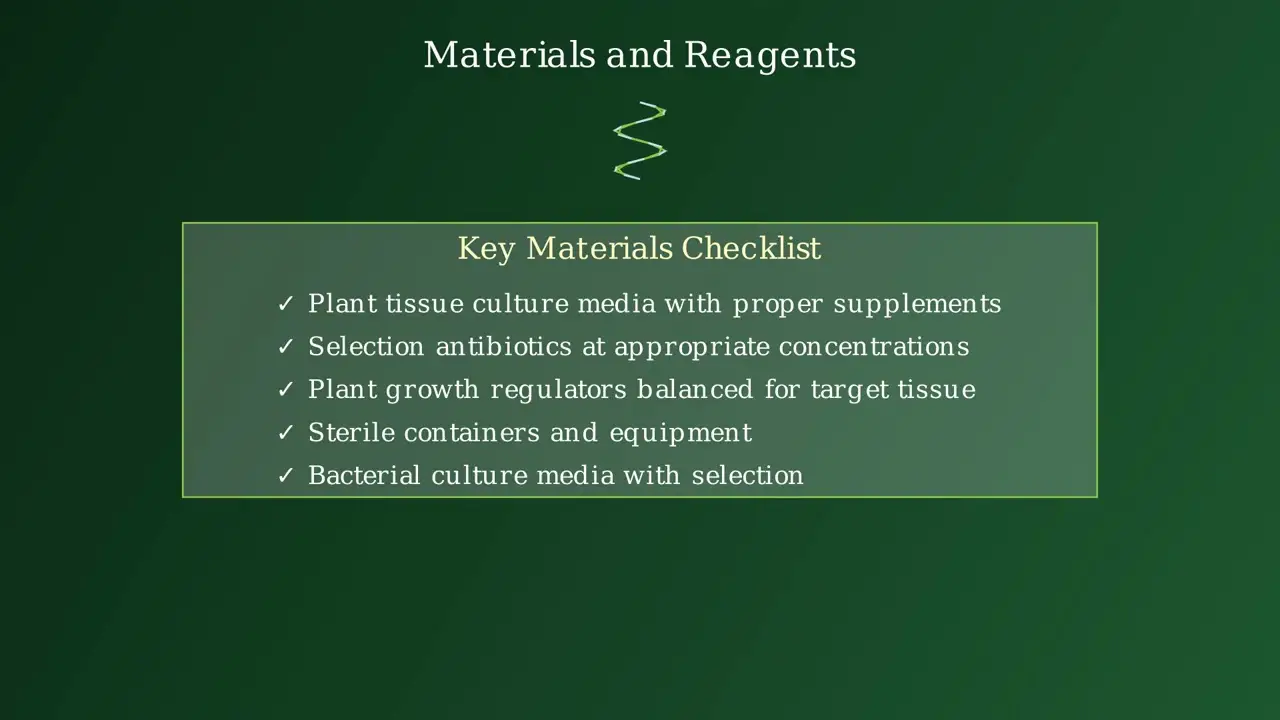
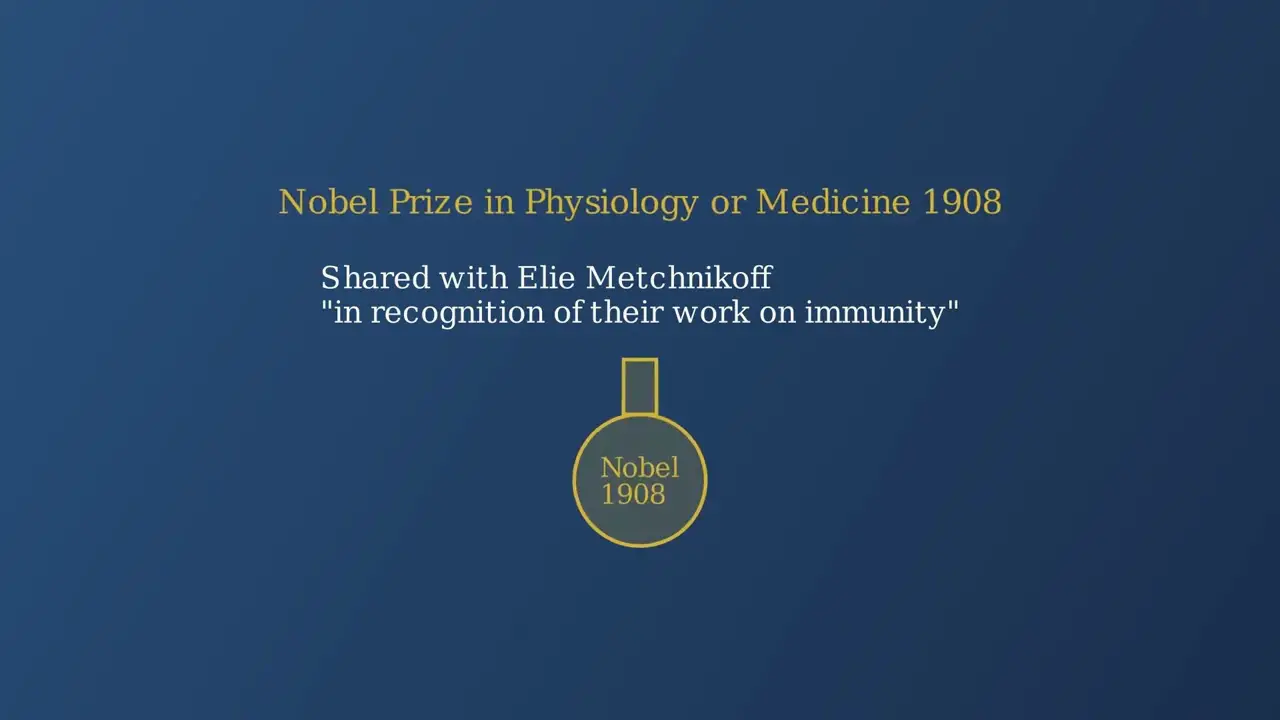
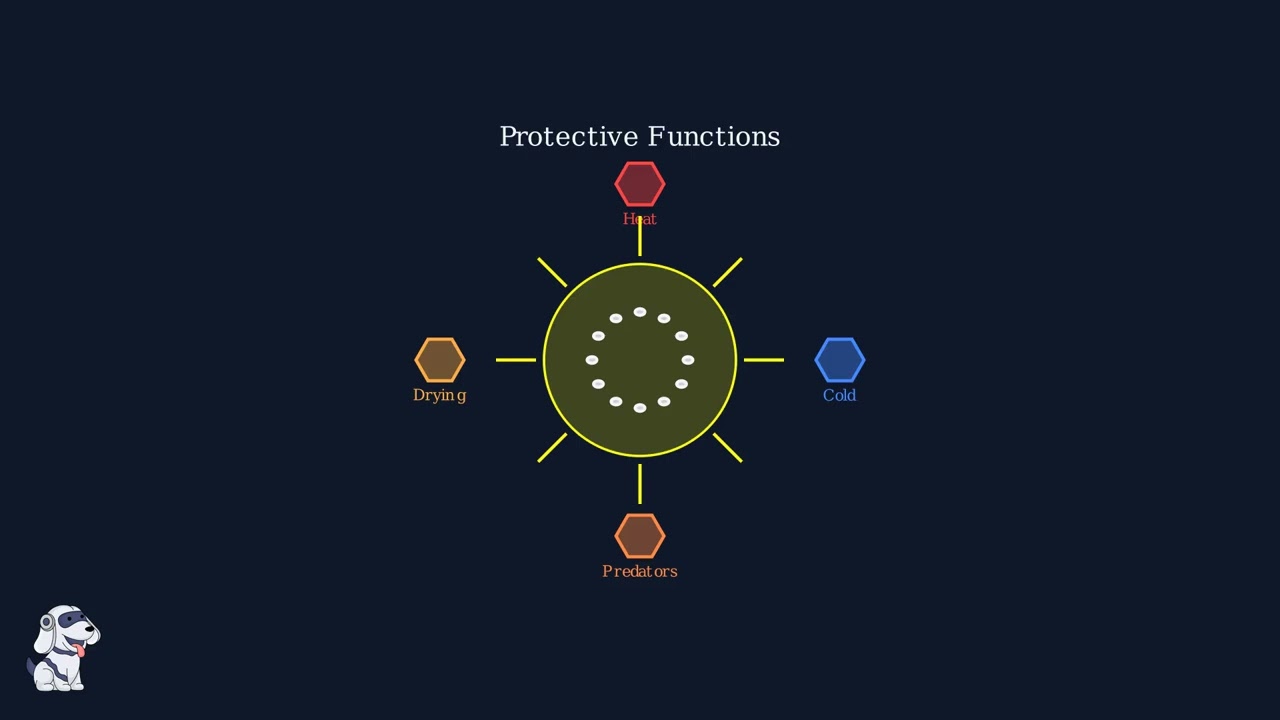
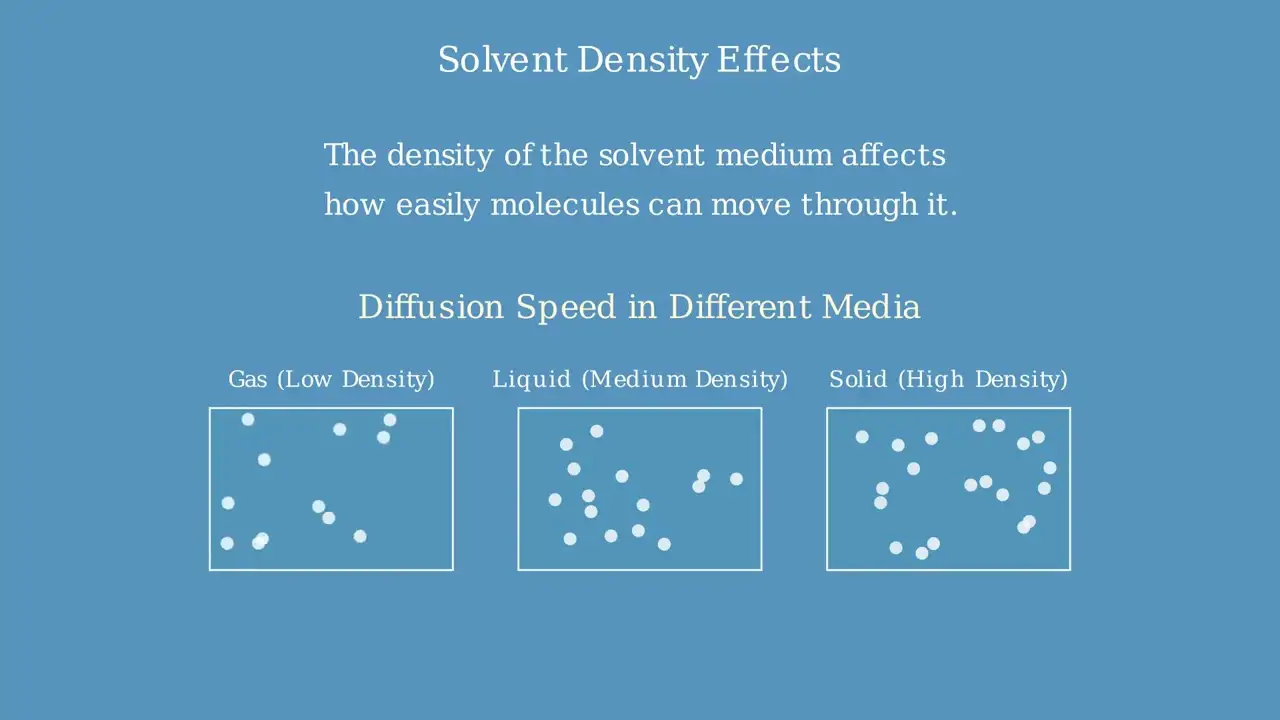
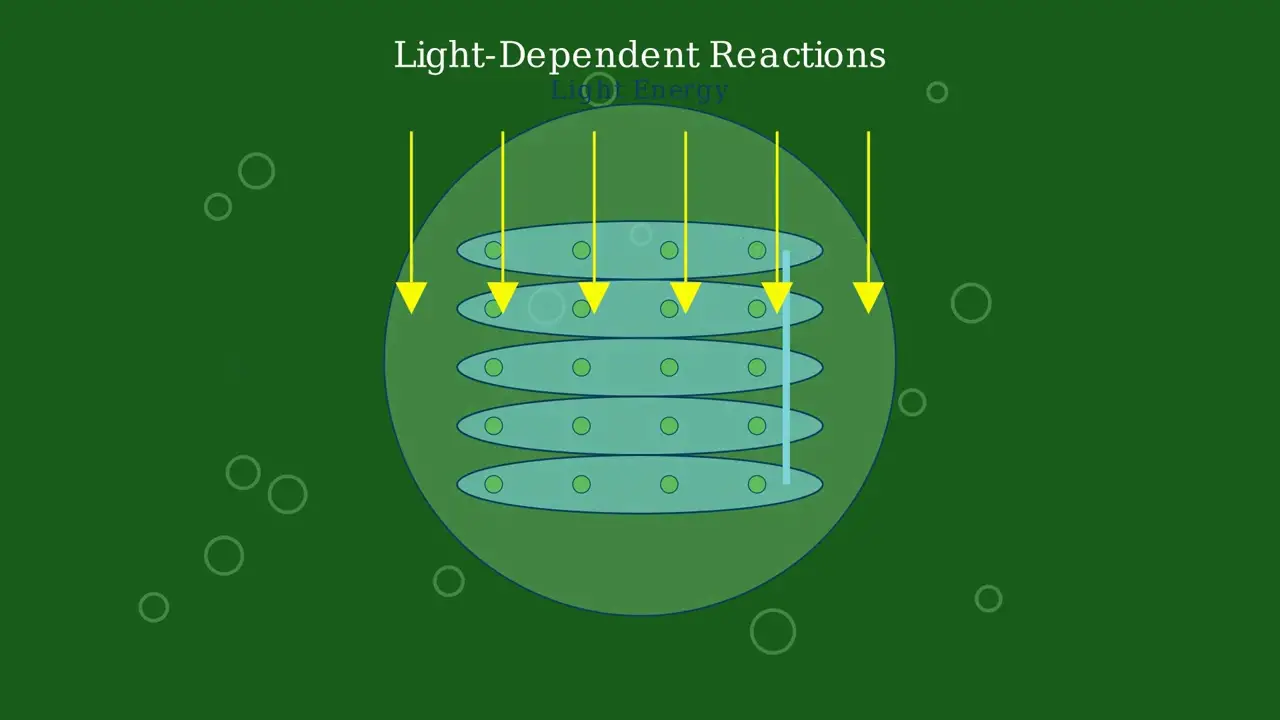
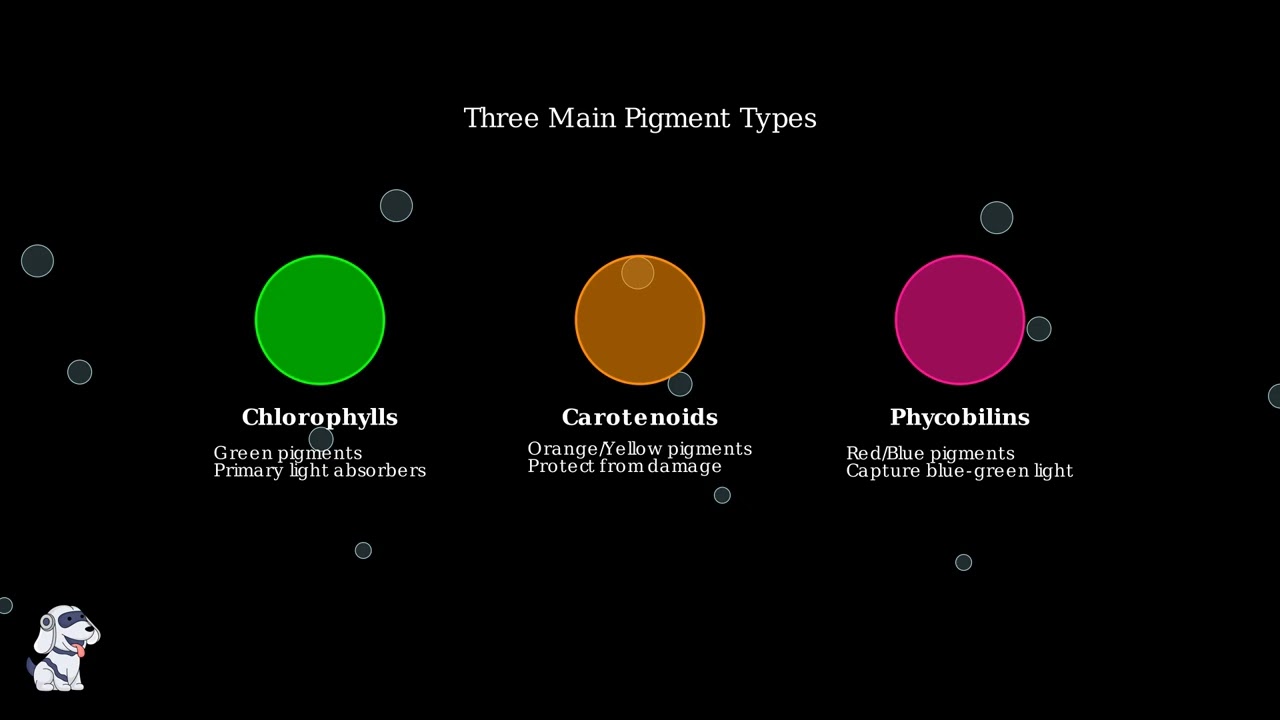
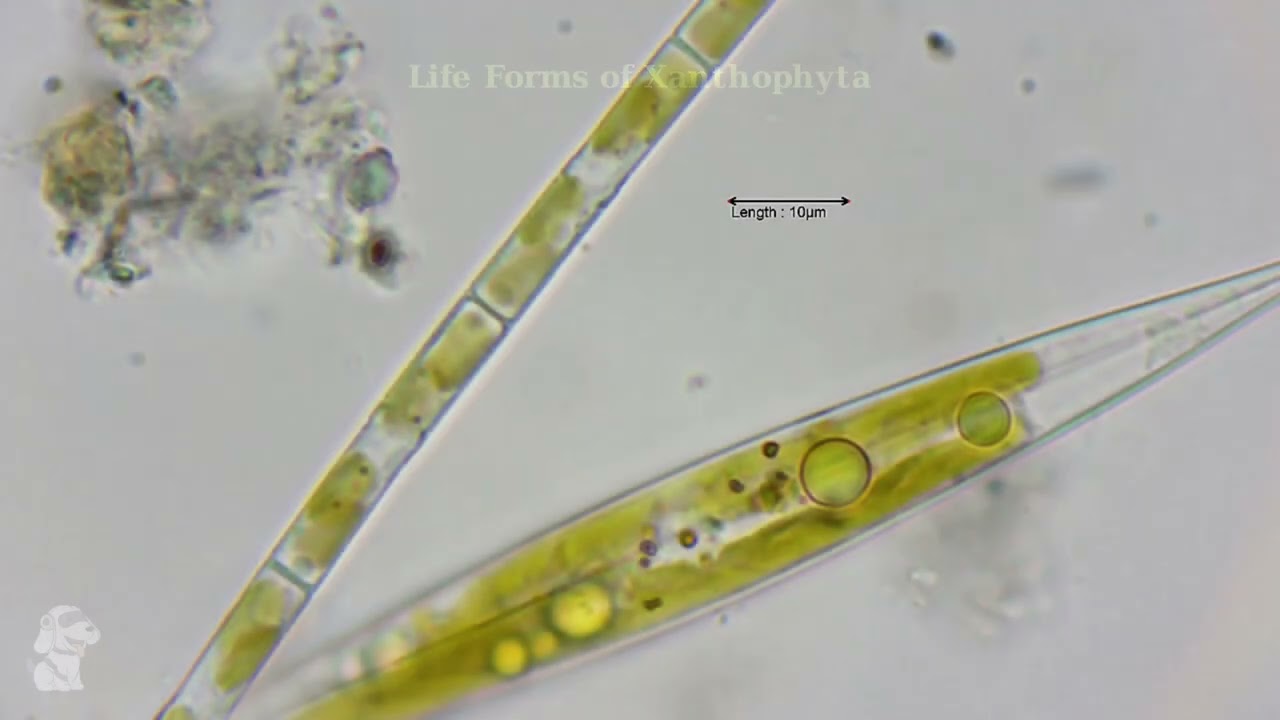

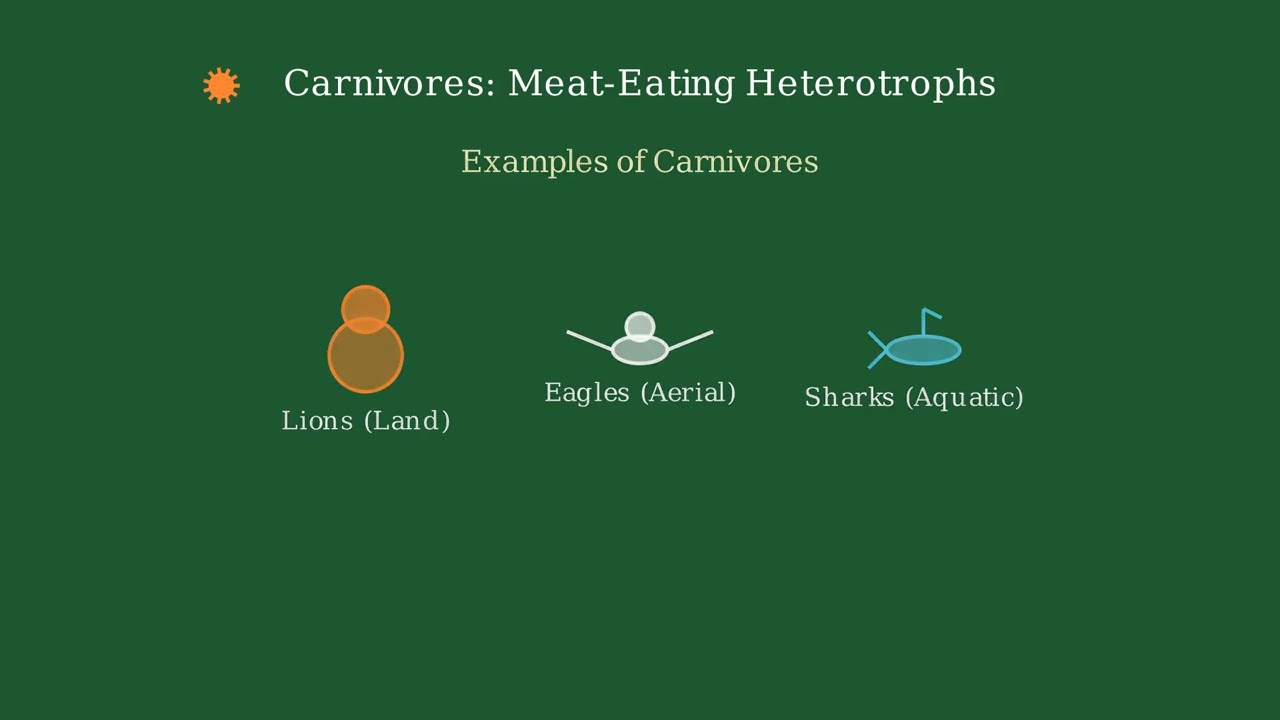
nice information